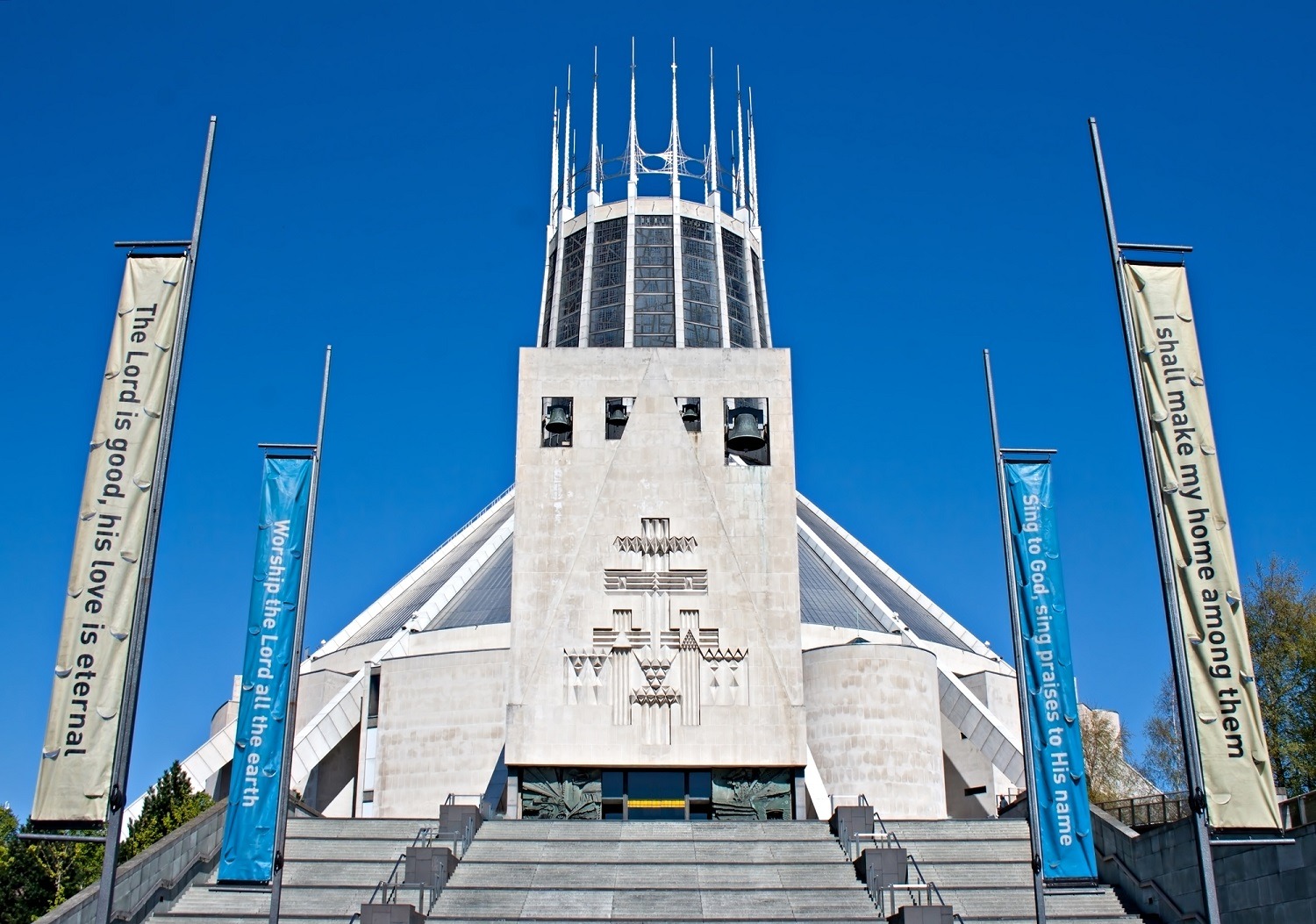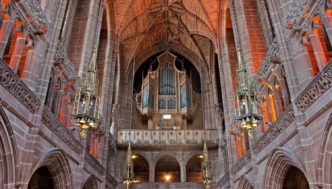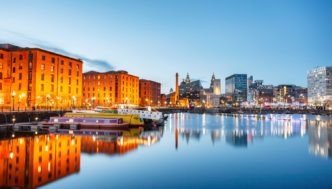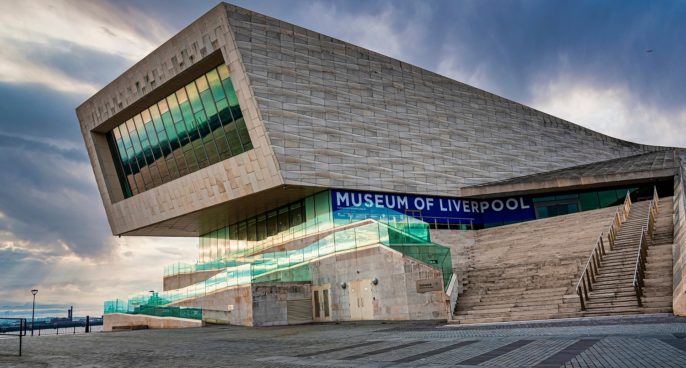
The city of Liverpool is renowned for its maritime history and impressive architecture. So much so that it has 2,500 listed buildings to protect, establishing beautiful designs and prestige within central locations.
The city is one of the top spots for a cultural trip and was previously named as a European Culture Centre in 2008. Wandering the streets of the city opens you up to the vast number of incredible historical buildings scattered throughout the centre. Many are hard to miss as the commanding designs and striking heritage features stand out among modern counterparts. And with some exciting future construction projects planned, there’s even more opportunity for Liverpool’s architecture to flourish.
So, if you’re planning a trip to the city, a sightseeing tour of buildings in Liverpool is a must during your stay. Or if you’re planning your own Liverpool construction, viewing the local architecture is sure to inspire you – once you’ve covered the welfare facilities for your site, that is!
Check out some of the best buildings in Liverpool that capture the city’s beauty…
Table of Contents
- 1 St George’s Hall
- 2 Royal Liver Building
- 3 Museum of Liverpool
- 4 Port of Liverpool Building
- 5 Bluecoat Chambers
- 6 Liverpool Town Hall
- 7 Cunard Building
- 8 Radio City Tower
- 9 Liverpool Cathedral
- 10 Albion House
- 11 Speke Hall
- 12 Royal Albert Dock
- 13 Liverpool Metropolitan Cathedral
- 14
- 15 Liverpool Philharmonic Hall
- 16 World Museum
- 17 India Buildings
- 18 Liverpool Central Library and Records Office
- 19 The Lyceum Building
- 20 History and design of buildings in Liverpool
St George’s Hall
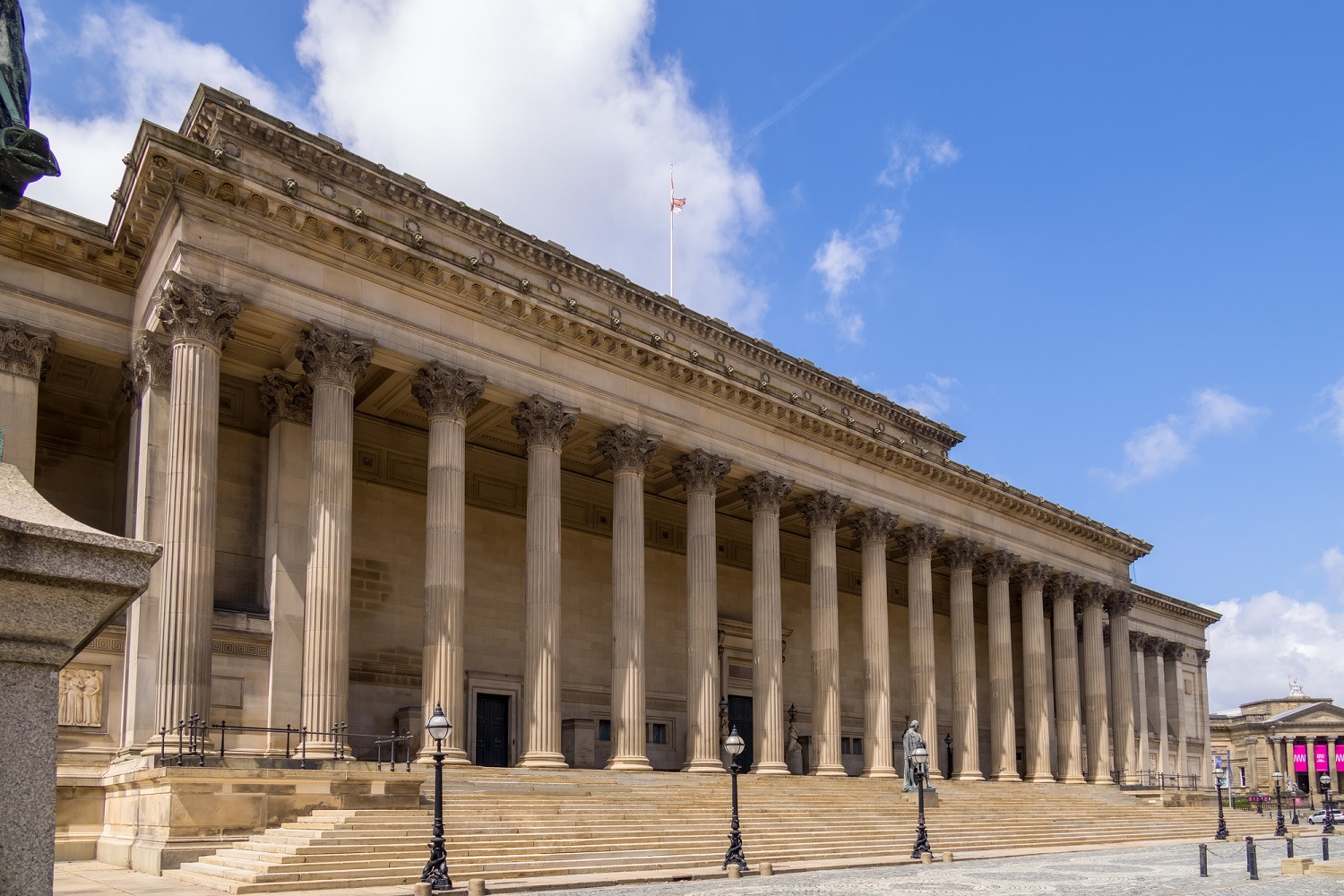
As soon as you step off the train at Liverpool Lime Street station, you’re greeted with the neoclassical architecture of St George’s Hall. Architect Harvey Lonsdale Elmes designed this Grade I listed building, and Charles Cockerell was later appointed to finish the ornate features of the construction. It was first opened to the public in 1854.
The building has several impressive rooms, including the Great Hall. This 169ft long and 77ft wide room is decorated with ornate figures and glistening chandeliers. It’s also home to the Willis organ, which has over seven thousand pipes.
Its most iconic feature is the Minton floor. This was created with over 30,000 tiles showcasing Liverpool’s coat of arms. At the time, it was one of the most prominent examples of its kind in the world and is only available to view on limited occasions during the year to preserve its beauty.
Royal Liver Building
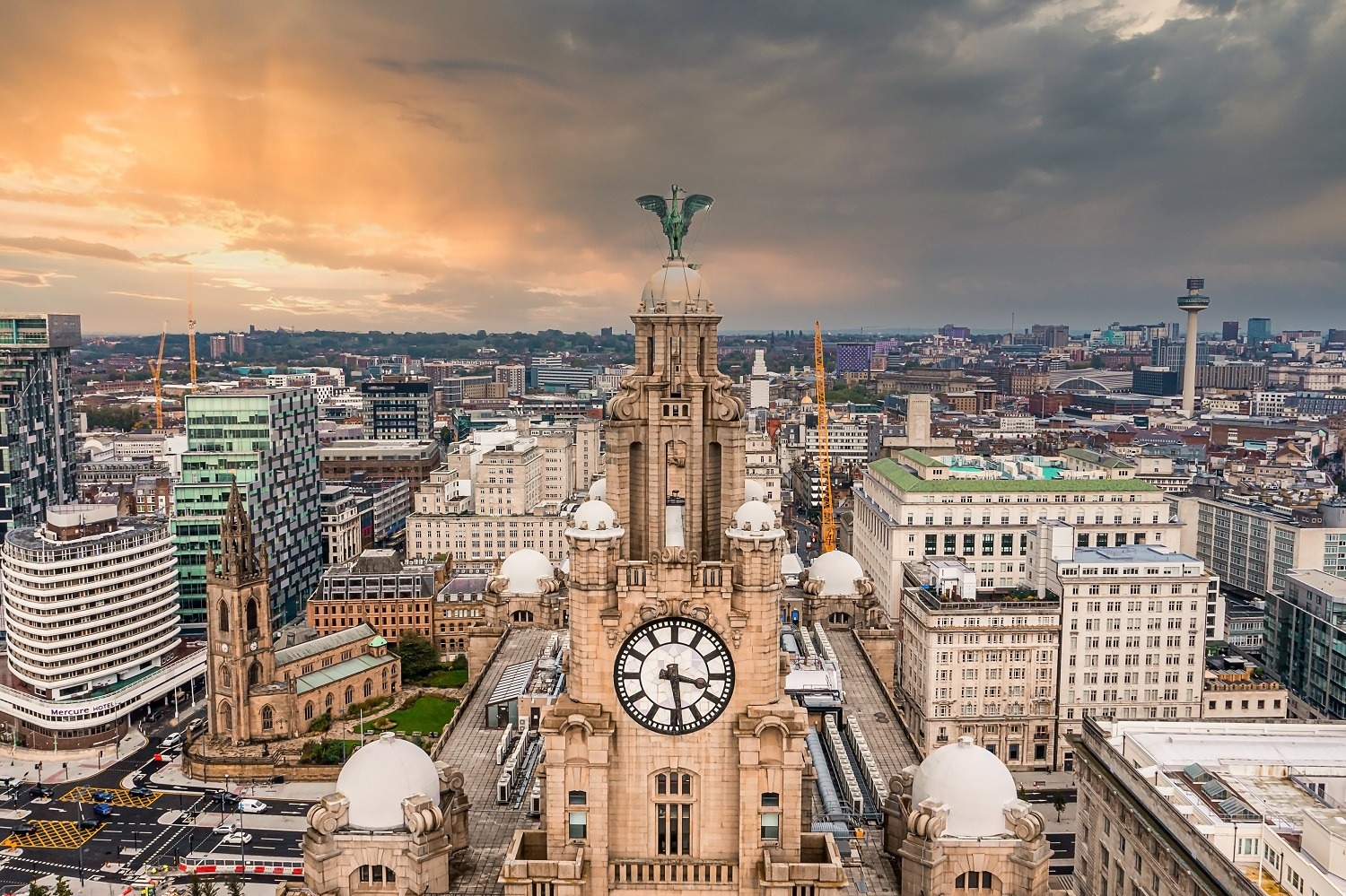 The Liver Building sits in pride of place on the waterfront. It is one of the tallest buildings in the city and features two Liver birds – one facing the city and one facing the water. This is said to represent the families and sailors at sea. There’s also an old legend that states if the birds were to fly away, the city would disappear forever.
The Liver Building sits in pride of place on the waterfront. It is one of the tallest buildings in the city and features two Liver birds – one facing the city and one facing the water. This is said to represent the families and sailors at sea. There’s also an old legend that states if the birds were to fly away, the city would disappear forever.
The Royal Liver Building makes up part of the buildings known as the Three Graces, including the Cunard Building and Port of Liverpool Building. It also forms part of the UNESCO World Heritage Maritime Mercantile City status.
Museum of Liverpool
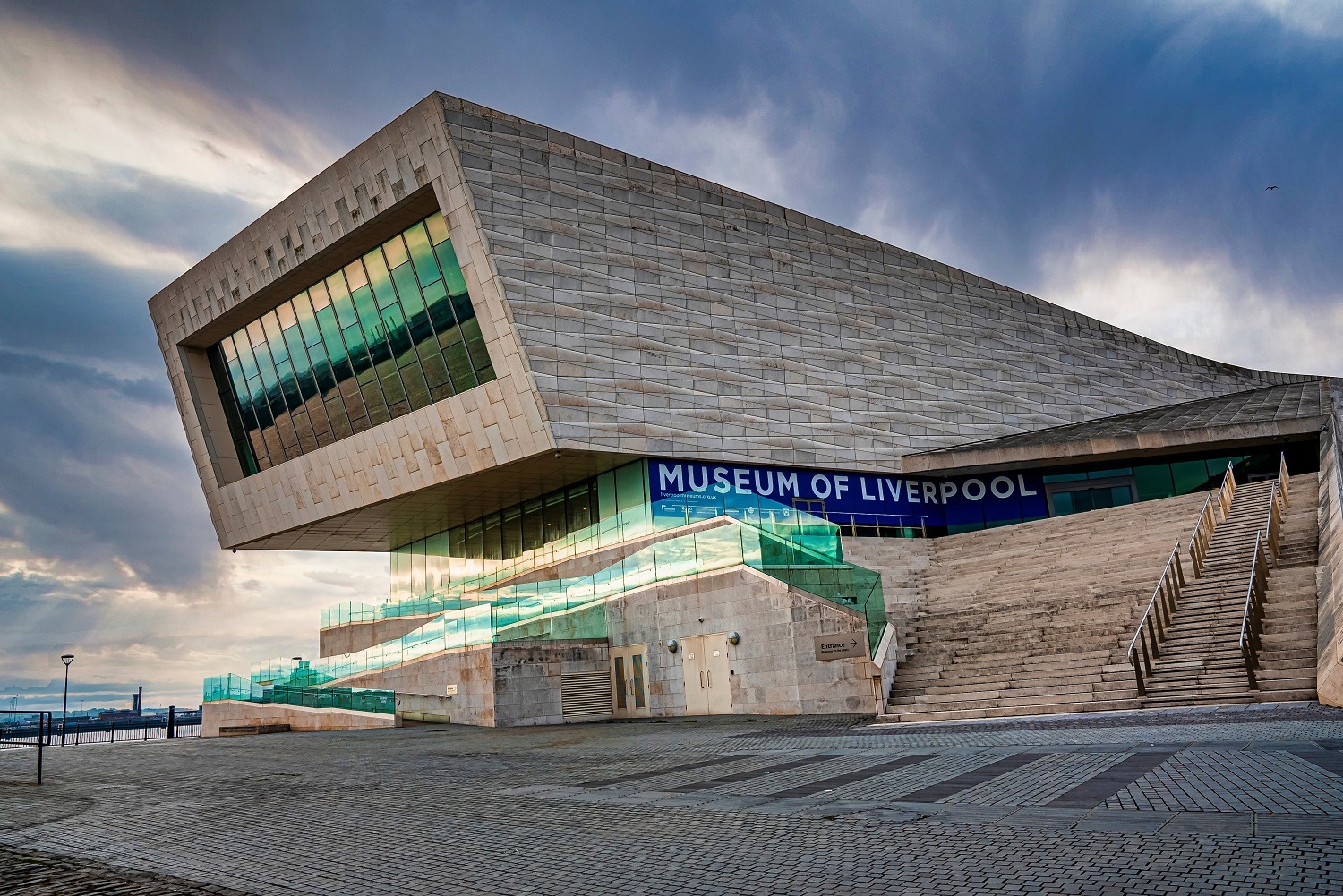
One of the more modern contributions to the city is the Museum of Liverpool building. It sits within the Pier Head area of the city and is constructed with a steel frame and Jura stone cladding. The exterior is a unique design and was created with cutting-edge renewable and energy-efficient technology to ensure minimal impact on the city and broader environment.
Inside the museum, you can expect to find everything you need to know about Merseyside’s history and heritage. In addition, there are numerous artworks and collections, including regional archaeological finds.
Port of Liverpool Building
This Edwardian Baroque style building is among the Pier Head buildings known as the Three Graces. It features a unique dome at the top of the building, which was an unused design from the Liverpool Anglican Cathedral. Alongside this sits striking stone cupolas, which have ornate details like anchors, bells and compasses etched into the design.
The prestigious design carries into the interior areas. Visitors can admire the ground-floor architecture, including a granite staircase and stained glass windows. You can also admire the surroundings with a spot of tea and cake in the café.
Bluecoat Chambers
The Bluecoat building is one of the oldest in the city. It was constructed in an H-shape and made from red brick and painted stone. This location was first used as a school and opened in 1717. It’s now a prominent art centre and played an important role in the European Capitals of Culture award in 2008.
Liverpool Town Hall
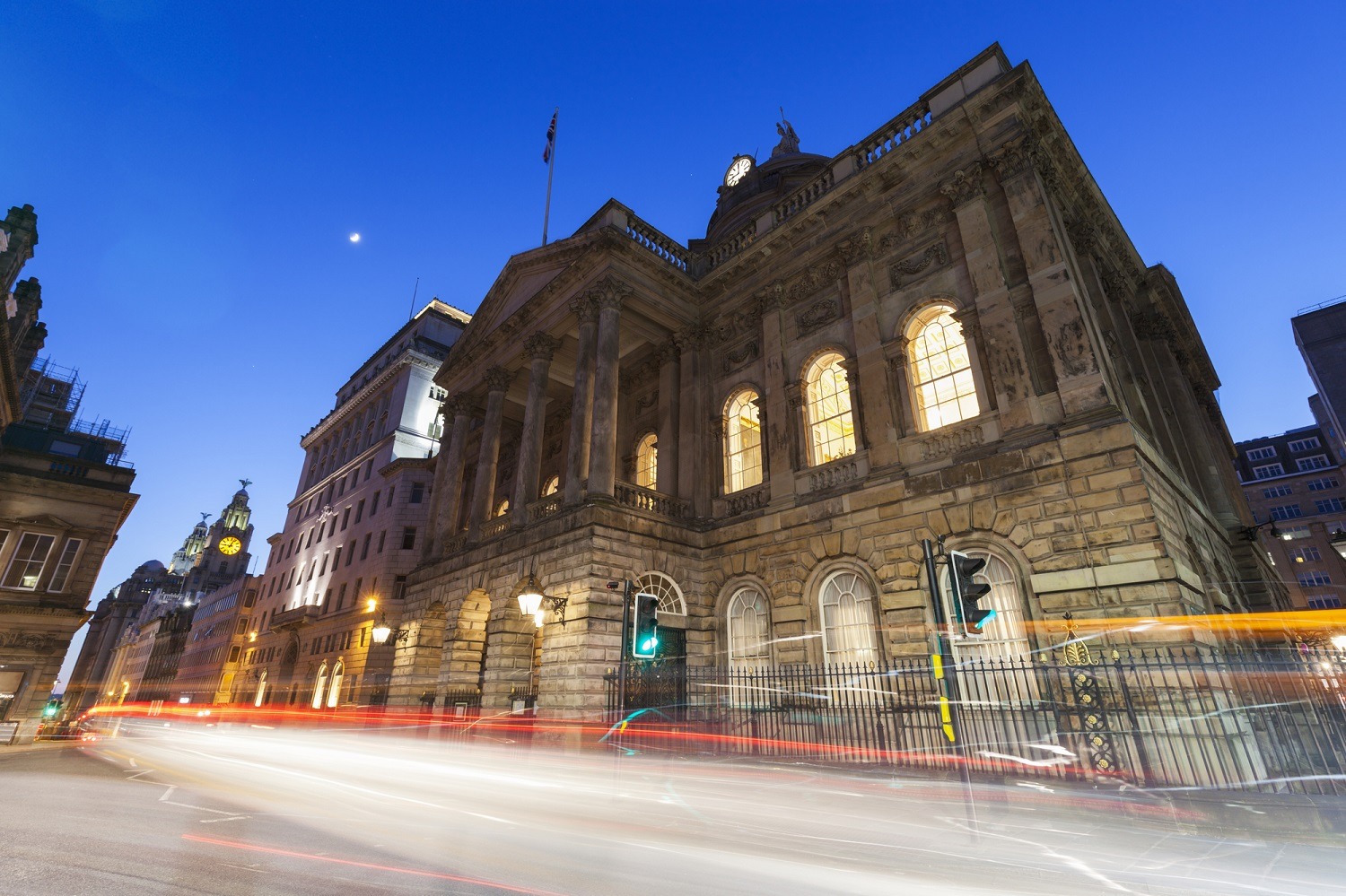
This 18th-century building is located on High Street and has Grade I listed status. It is home to the civic suites of the city, such as the Lord Mayor, and features distinctive Georgian architecture. The building was designed by John Wood and opened in 1754, replacing the previous town hall close by.
It has a commanding position on the street, with rounded arches, Corinthian columns and beautiful stonework. The balcony also hosted the Beatles on their homecoming.
Cunard Building
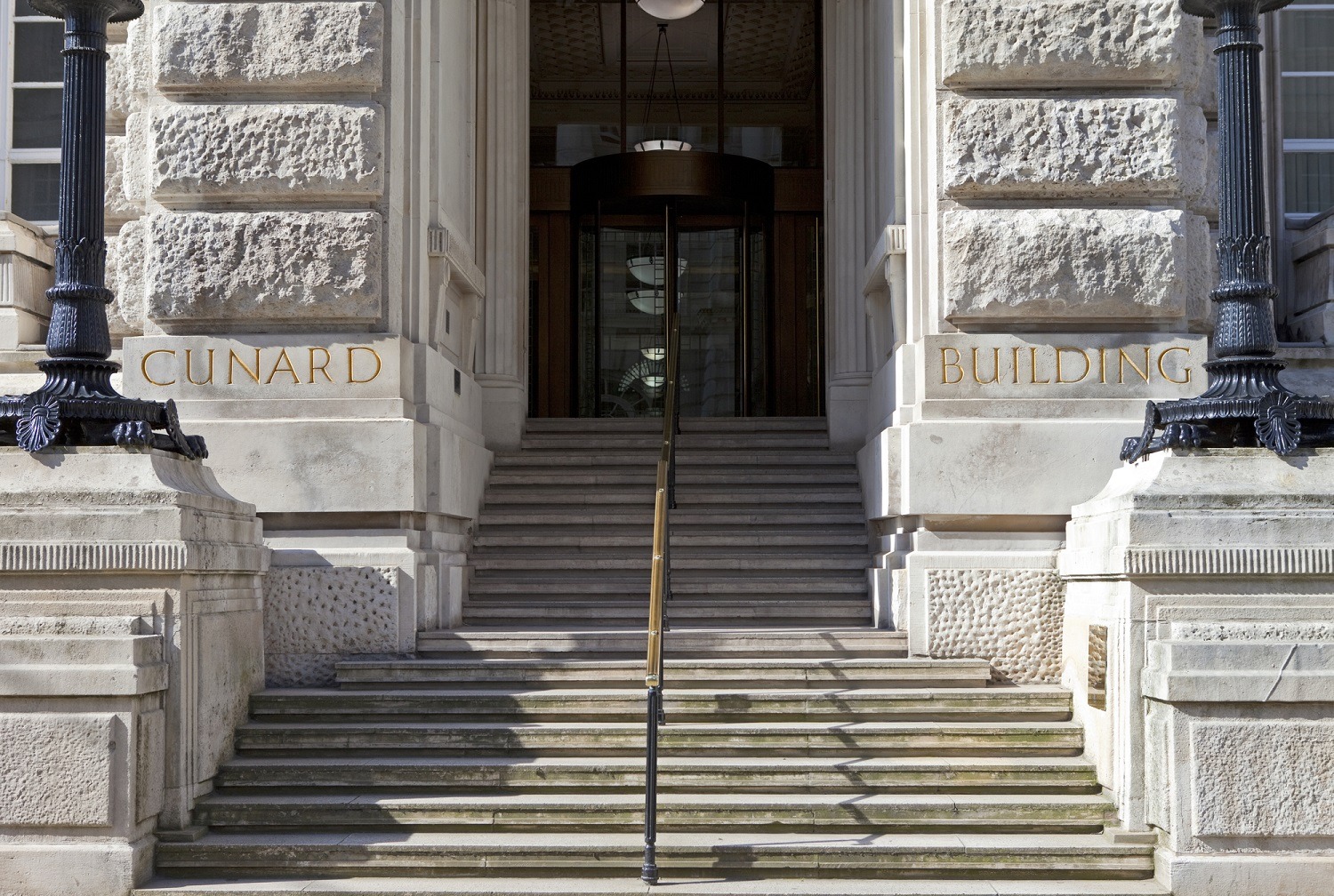
The Cunard building makes up the last of the trio of sites known as the Three Graces. Architects William Edward Willink and Philip Coldwell Thicknesse designed it and were influenced by Italian Renaissance and Greek styling. It was constructed in Portland stone and Italian marble and was originally the headquarters of the Cunard Steamship Company.
This grand building forms part of the UNESCO World Heritage Maritime Mercantile City status. In addition, it is home to The British Music Experience, a permanent exhibition of the world’s musicians and performers.
Radio City Tower
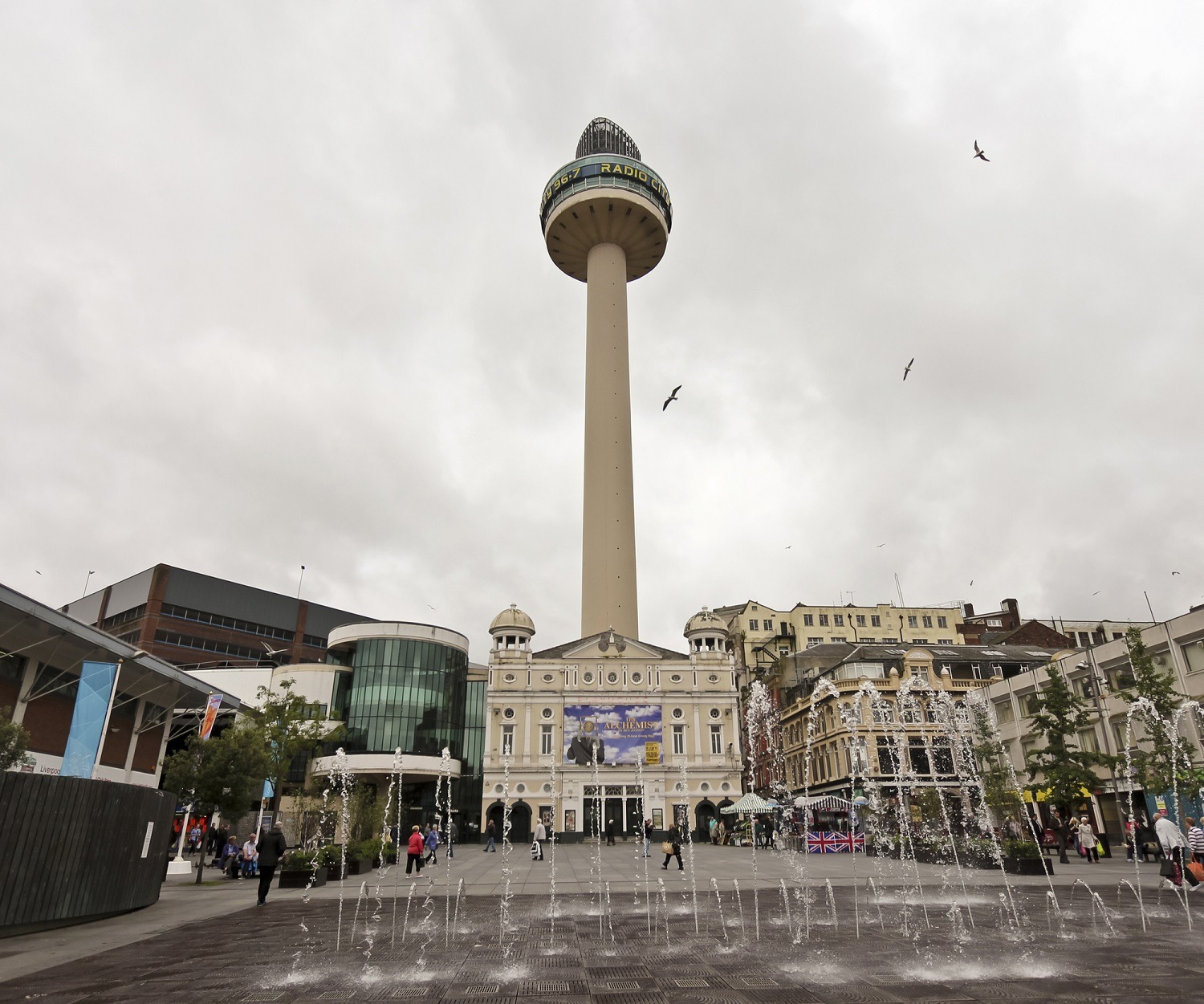
Radio City Tower – or as it’s officially known, St John’s Beacon – is a unique viewing platform at one of the UK’s most successful radio stations. At over 400ft tall, you can see the skyline above the city stretching all the way to the Wirral, North Wales and sometimes Blackpool Tower on a clear day.
The tower was constructed between 1965 and 1969 and was initially designed as a ventilation shaft for the shopping centre below. Now home to Radio City and Greatest Hits Radio, the team still broadcasts from this location at the top of the tower. Talk about an office with a view!
Liverpool Cathedral
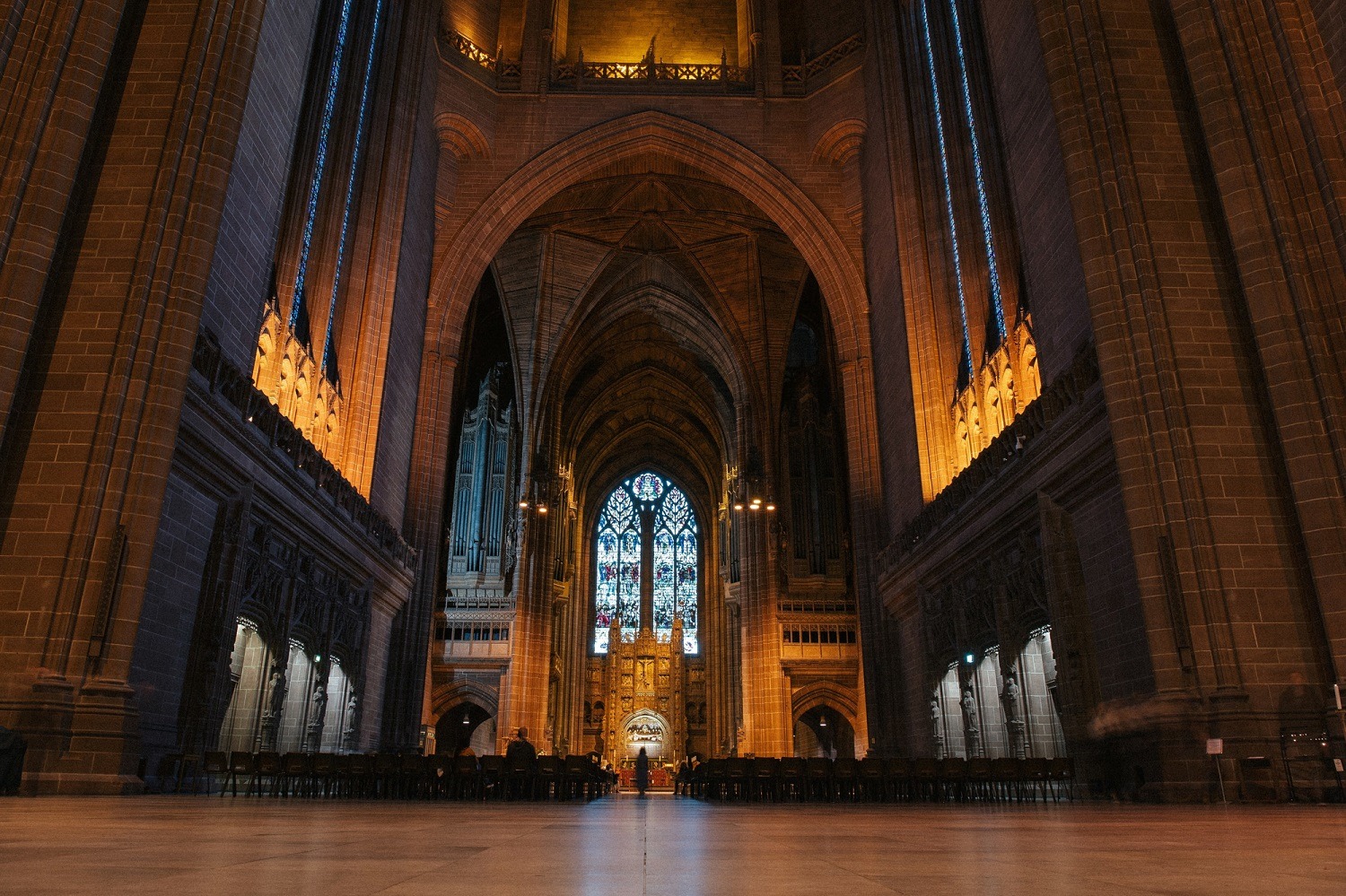
As the largest cathedral in Britain, this building is an impressive sight in the Liverpool cityscape. The construction started in 1904 and took 74 years to complete fully. The same man that designed the red telephone box, Sir Giles Gilbert Scott, had a hand in this architecture.
Inside, the cathedral is just as beautiful as the outside. In the Nave, the Benedicite Window sits above the Great West Doors. This spectacular stained glass window is made from around 200,000 pieces and was the conception of artist Carl Edwards.
The cathedral features many beautiful examples of design and religious artworks, including the carvings in The Lady Chapel.
Albion House
While the current building is now a hotel and spa facility, its origins date back to the late 1800s, when it was the headquarters of the company that built the Titanic. The striking building is across from the Pier Head and is made from red brick and Portland Stone.
Albion House was a prominent figure in the early days of cruise liners, and its history still remains in its architecture and distinctive location on the corner of The Strand and James Street.
Speke Hall
Just outside of the city centre is an outstanding display of Tudor architecture. Speke Hall dates back to the 1500s and features elements of design spanning five decades. There are examples of wallpaper from early William Morris prints, and oak carved furniture. Plus, on the grounds, the two 500-year-old trees named Adam and Eve sit proudly among the historical setting.
Royal Albert Dock
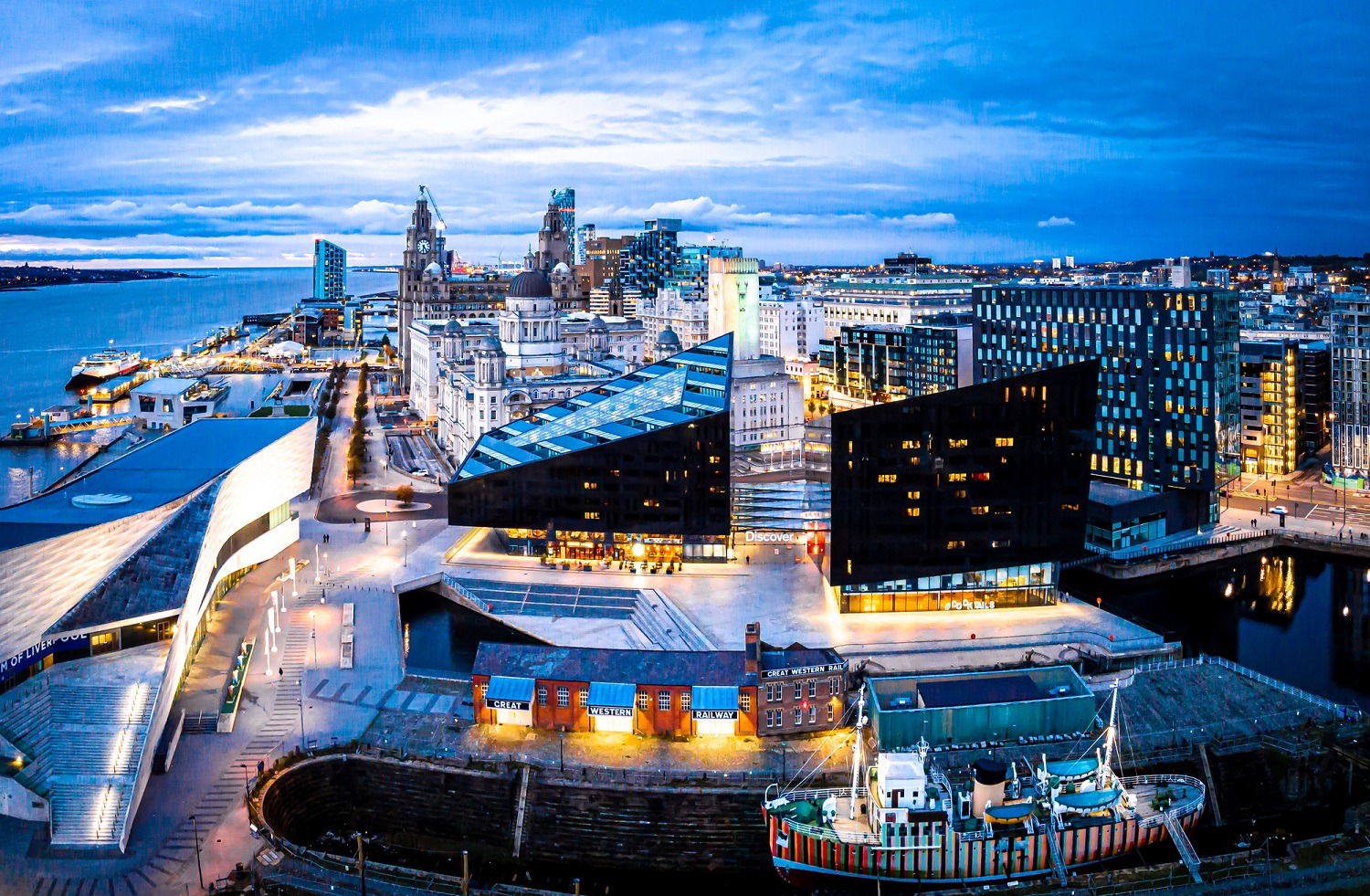
The Royal Albert Dock is one of the most significant areas to learn and explore the importance of maritime history to the city. It was the first collection of buildings to be constructed from stone, brick and cast iron, meaning it was fireproof and durable. In 1846, around 40% of the world’s trade passed through this dock, and HRH Prince Albert officially opened it during this year.
The dock has a long history, but in the 1980s, it was abandoned entirely, which made way for the regeneration of the area by the Merseyside Development Corporation. Nowadays, you’ll find a host of museums at the Royal Albert Dock and a heritage trail that guides you through the history of this location.
Liverpool Metropolitan Cathedral
Its official name is the Metropolitan Cathedral of Christ the King, and it is the largest Catholic cathedral in England. Its unique design is Grade II listed and is often referred to as ‘Paddy’s Wigwam’ and ‘The Pope’s Launching Pad’. This cathedral sits at the opposite end of Hope Street to Liverpool Cathedral and was designed by Frederick Gibberd, with construction starting in 1962.
The design of the cathedral was actually created after the launch of a worldwide competition where Gibberd’s concept outshone the rest. The building is circular in shape, and the altar sits at the centre. It is made from Portland stone, and aluminium covers the roof.
Liverpool Philharmonic Hall
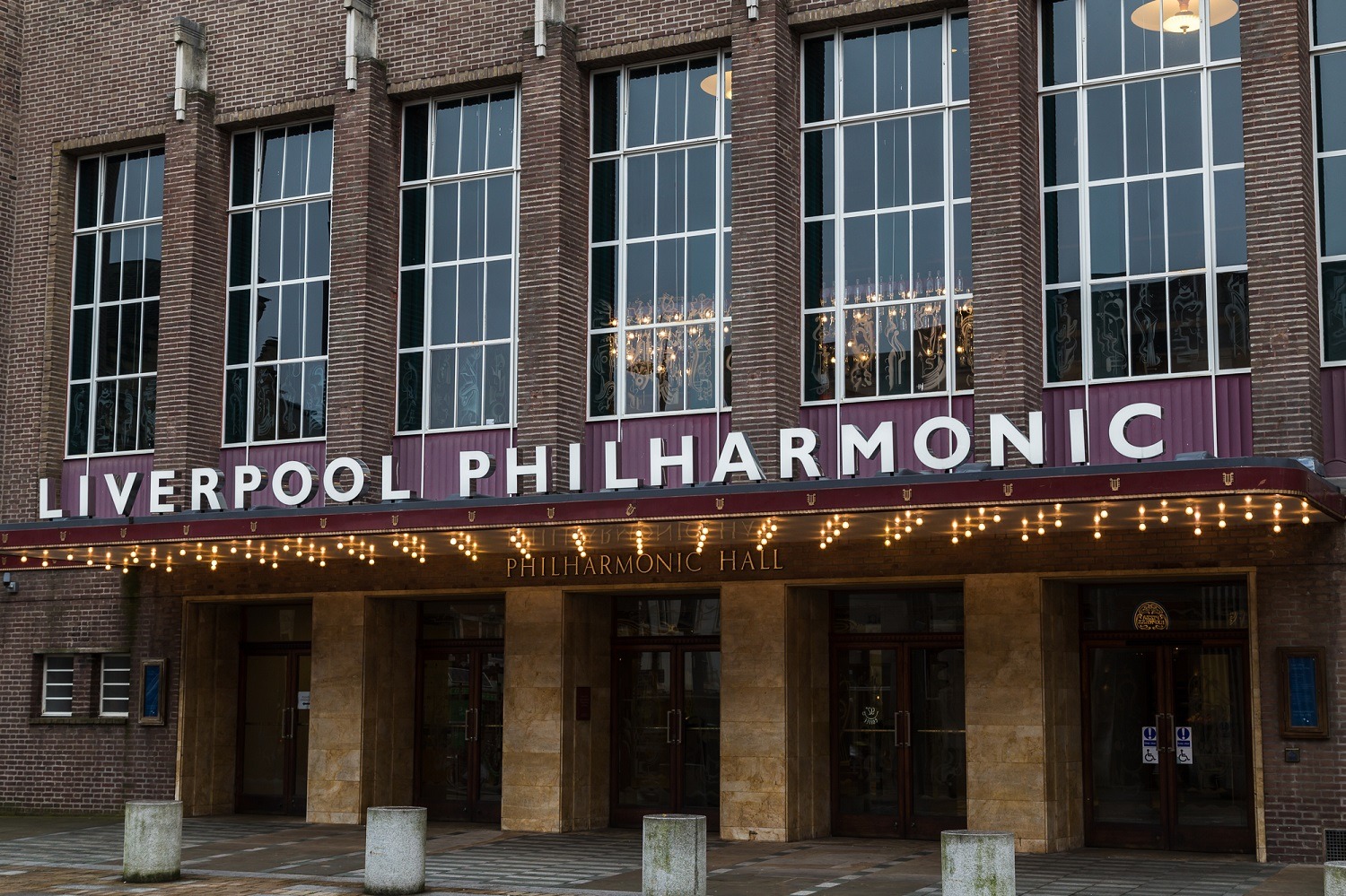
Liverpool Philharmonic Hall
As one of the oldest concert societies in the world, the Philharmonic Hall stands out as a symbol of the city’s arts, music and culture. The original building had an art deco style and now holds Grade II listed status. In the 1930s, a fire destroyed some of the buildings, and it wasn’t until 1939 that it reopened with updated features.
The Philharmonic Hall is an important space for events and hosts a number of musical performances and events throughout the year.
World Museum
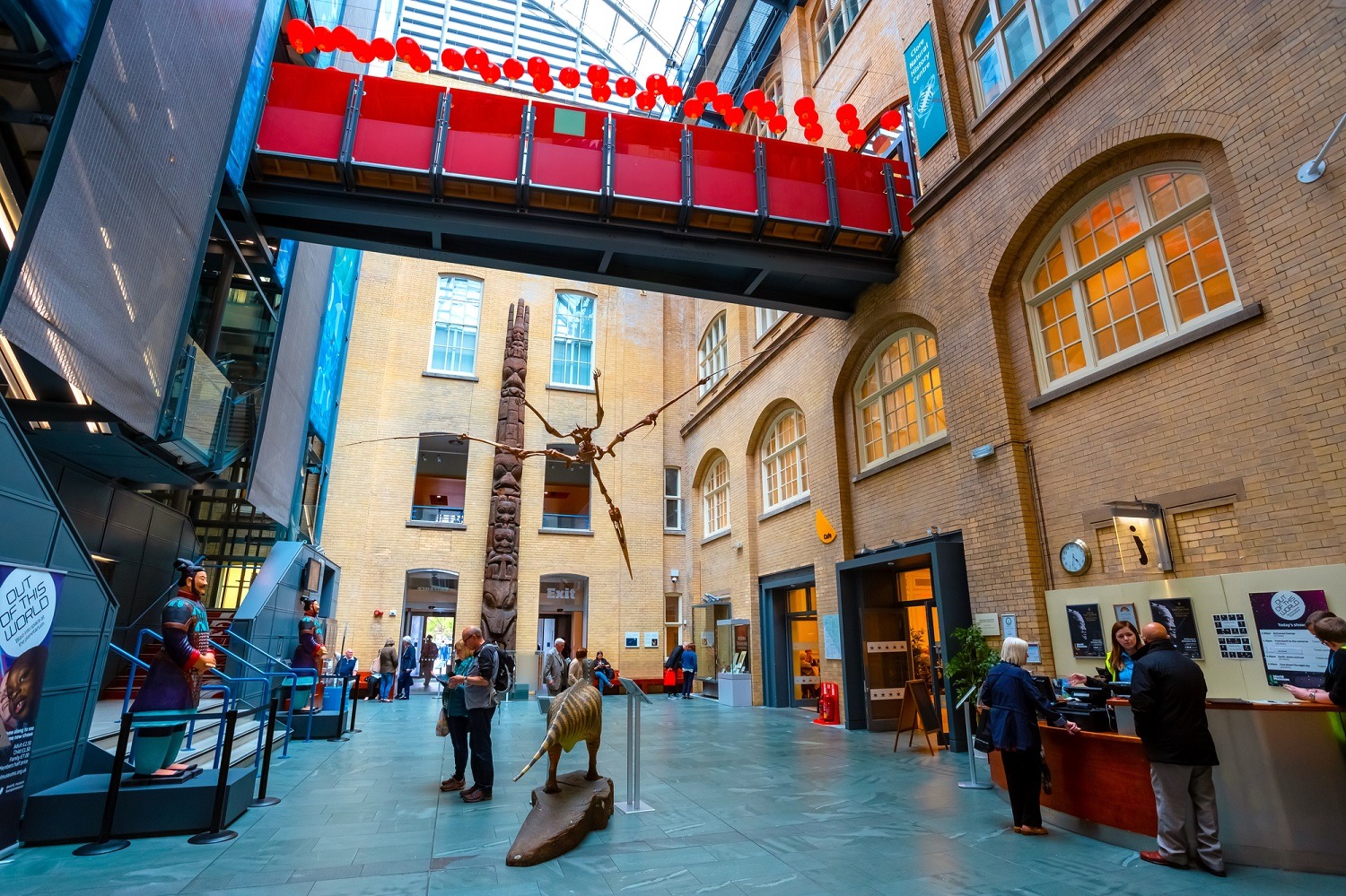
The World Museum can be found on William Brown Street. It was opened in 1853 and is now operated by National Museums Liverpool. Originally called the Derby Museum of the Borough of Liverpool, this large building showcased the Earl of Derby’s collection with some paintings and models of the city.
A local merchant and banker, William Brown, financed the building later on, and its design drew influence from the neo-classical styles of the area. In 1860, it was handed to the Mayor of Liverpool and became a public museum in 1861.
This striking building is a prominent feature of the city. It now holds some of the world’s most important historical and scientific collections. It’s also free to visit.
India Buildings
Another of Liverpool’s largest architectural sites is the India Buildings. It’s more commonly known as the entrance to the city’s underground rail line and has stood in the spot on Water Street since 1931. The design of the building has influences from American Beaux-Arts style and Italian Renaissance design. It occupies a whole block in the city and was created by architects Arnold Thornely and Herbert J. Rowse after the pair won a design competition in 1923. Financial services company Legal & General now owns the building. HMRC staff are also based at the site.
Liverpool Central Library and Records Office
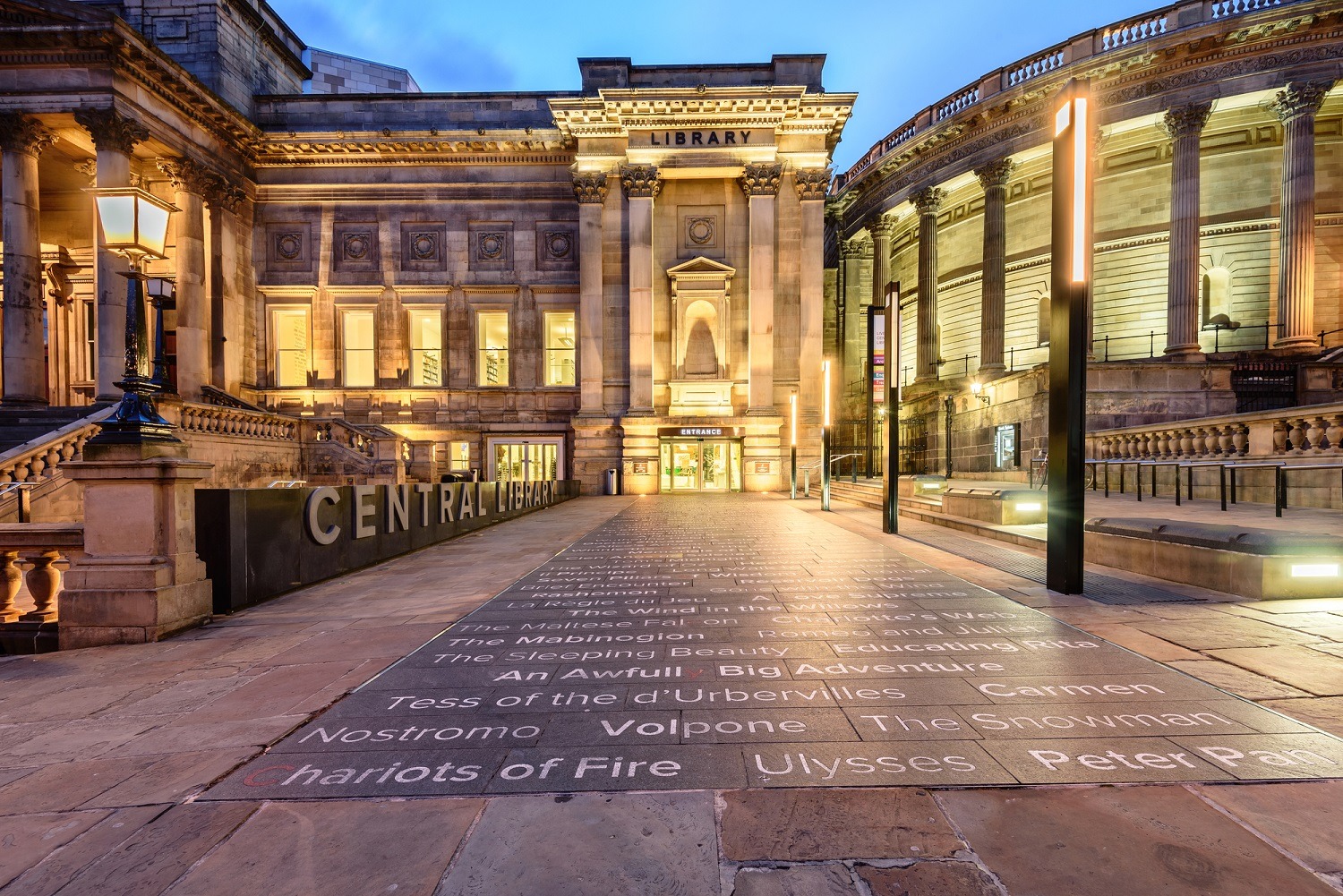
The Central Library is a large building next door to the World Museum. It opened in 1860 and is part of the city’s UNESCO World Heritage Site. Following the designs of nearby buildings, its striking look is Grade II listed to preserve its beauty and history.
The library in recent years has had some restorative work done, with careful attention paid to areas such as the Picton Reading Room. This unique setting features bottle-shaped balusters made of stone and colonnades with the city’s iconic liver birds etched into the construction.
The Lyceum Building
Nestled within the city centre sits the Lyceum Building. This Grade II listed property was built in 1802 and was formally known as the Lyceum Library. Its frontage on Bold Street has decorative pillars and a grand entrance with ornate detailing. The inside has been modernised somewhat. However, pictures showcasing the original painted walls and artwork were released a few years ago, highlighting its history.
This building, in recent years, has changed hands and has previously been used for retail and restaurant locations. However, it’s still a top place to see neo-classical architecture at its finest.
History and design of buildings in Liverpool
There’s a wide variety of historically significant buildings in Liverpool. However, in modern times, it’s also showcased a number of innovative designs harnessing eco-conscious technology and sustainable concepts.
The Royal Albert Dock area is a prime example of this, and it continues to bring a wealth of people to the city with its diverse cultural and historical influences. So, if you’re visiting Liverpool, don’t forget to look around and immerse yourself in the beauty of the architecture on every street.
Planning your own Liverpool construction? LetLoos is on hand to help with your construction site toilet and sanitary facility hire requirements. Whatever the size or scope of your project, our facilities will help you to reach HSE requirements – and keep your workers happy, comfortable and productive throughout the construction process.

